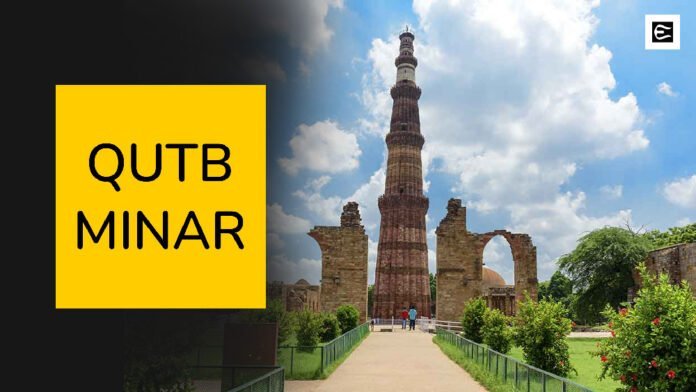
The Qutub Minar, an architectural marvel and a testament to India’s glorious past, stands tall in Delhi, captivating visitors with its grandeur and historical importance. In this exclusive report, we delve into the captivating history, cultural significance, and intriguing facts surrounding this iconic monument.
History: The Qutub Minar, dating back to the early 13th century, was commissioned by Qutb-ud-din Aibak, the founder of the Delhi Sultanate. It was later completed by his successor, Iltutmish. Serving as a victory tower, a place for prayer, and an observation point, the minar witnessed the rise and fall of empires and bore witness to significant historical events.
Significance and Cultural Importance: Designated as a UNESCO World Heritage Site, the Qutub Minar represents the cultural syncretism that flourished during the Delhi Sultanate. It stands as an architectural masterpiece, combining Indo-Islamic, Persian, and Indian influences. The intricate carvings, calligraphy, and balconies showcase the skilled craftsmanship of the time and leave visitors in awe.
Fascinating Facts:
- Architectural Anomaly: The Qutub Minar boasts an intriguing feature—a slight lean of approximately 2.75 feet off the vertical axis. This unique twist has baffled experts for centuries and continues to intrigue visitors from around the world.
- Transition from Brick to Stone: The minar showcases a transition from red sandstone to marble and sandstone. The lower three stories were constructed using red sandstone, while the upper two stories were built using a combination of marble and sandstone. This transition reflects changes in architectural preferences and rulers.
- The Mysterious Iron Pillar: Within the Qutub Minar complex stands the famous Iron Pillar of Delhi, dating back to the 4th century. Despite its age, the pillar remains corrosion-free, baffling scientists with its composition and metallurgical excellence.
- Quwwat-ul-Islam Mosque: Adjacent to the Qutub Minar, the Quwwat-ul-Islam Mosque stands as one of the oldest mosques in India. It incorporates elements from 27 Hindu and Jain temples, highlighting the cultural amalgamation that occurred during the era.
The Qutub Minar, a towering symbol of Delhi’s rich heritage, continues to enthrall visitors with its architectural brilliance and historical significance. As you plan your visit to Delhi, make sure to include this iconic monument on your itinerary. It offers an immersive journey into India’s past, unraveling the secrets of its construction, cultural significance, and captivating tales that have shaped the nation’s history.
Whether you are a history enthusiast, an architecture lover, or simply a curious traveler, the Qutub Minar promises an experience that will leave an indelible mark on your memory.

